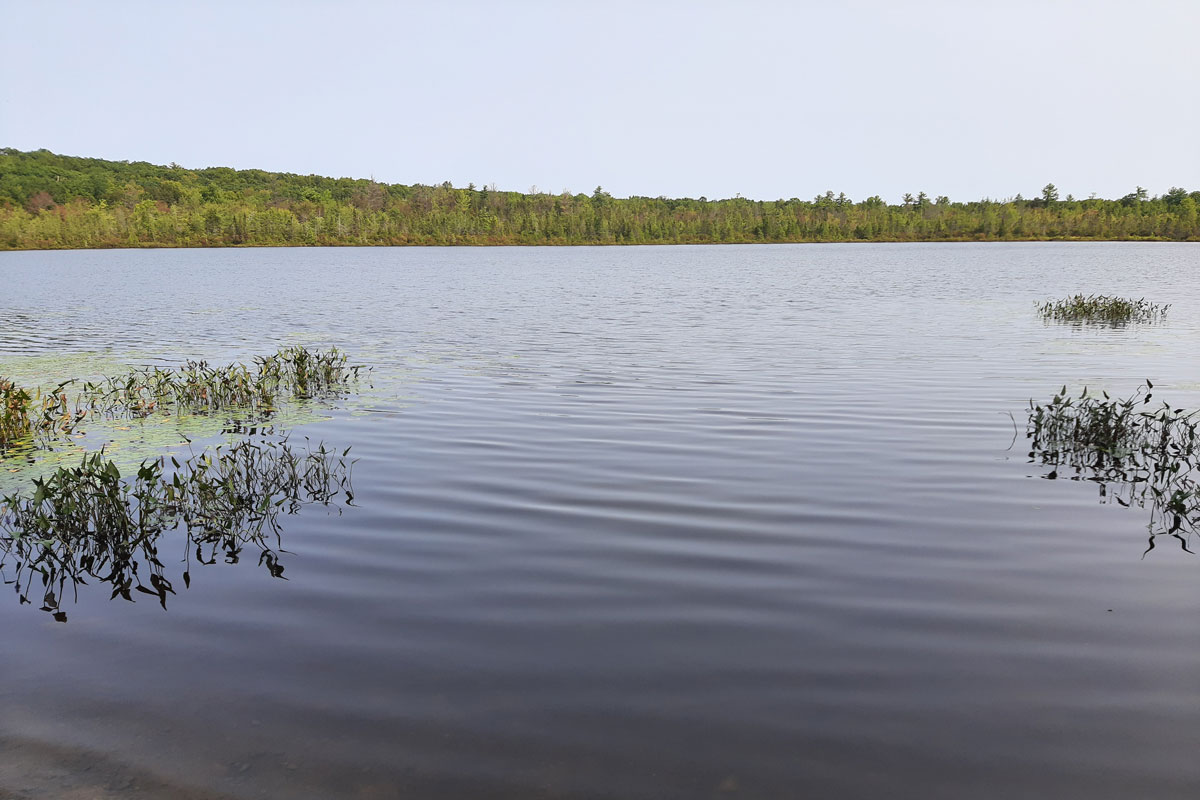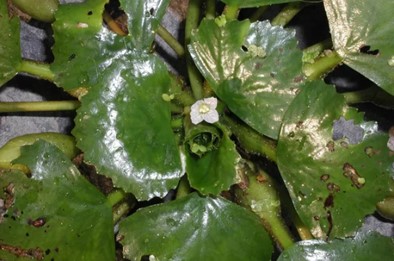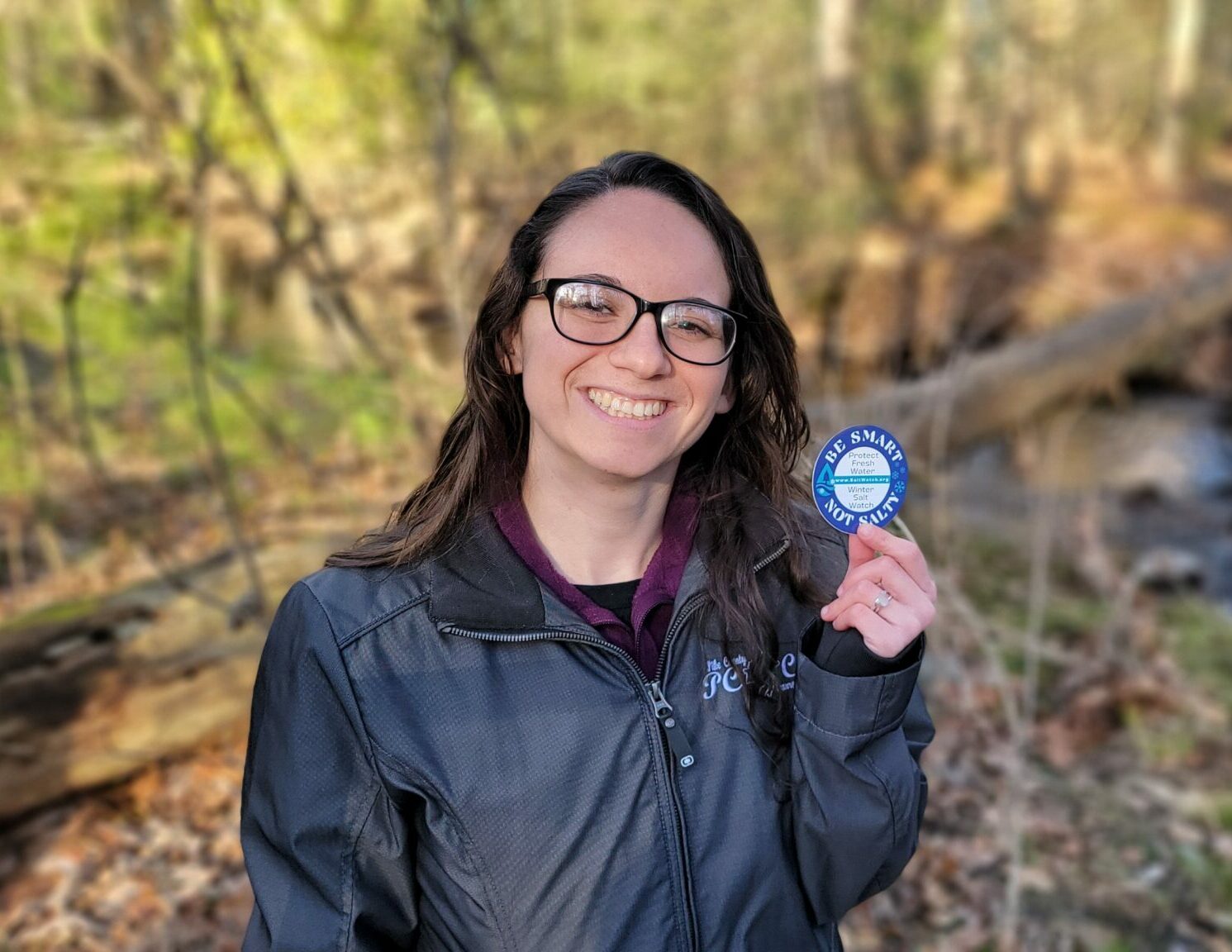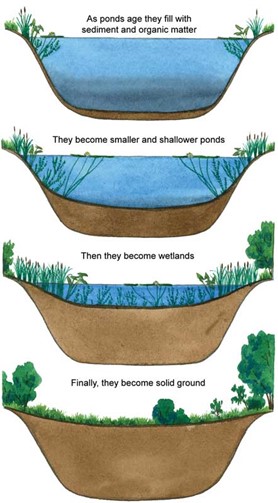News

Pike County Ponds!

Photo from Penn State Extension, credit Leslie J. Mehrhoff, University of Connecticut

By: Rachael Marques, PCCD Watershed Specialist
Do you or someone you know manage a pond? Just like the streams that the District regularly monitors, ponds are an important resource in our area that are enjoyed by many residents, landowners, and visitors.
Ponds can be used for a variety of things depending on their size. For example, many people use ponds for fishing and boating, but they can also be used for swimming or aesthetic enjoyment. Ponds have a unique ecosystem and can attract a variety of amphibian and bird species which adds significant value for birders and nature-lovers alike.

Image from the PA Fish & Boat Commission, credit Maryland Department of Natural Resources
It is a great idea to get to know your pond, especially the plants present, as a way to protect it. If an invasive plant species was to arrive, it would be much easier to manage if spotted in the early stages. Things such as water chestnut (shown on the right) can form thick colonies and have a spiky fruit/seed that, according to Pennsylvania Sea Grant, can penetrate shoe leather! It’s also a good idea to get your pond’s water tested if you want to use it for things such as swimming or fish stocking since different fish species have different nutrient and water quality requirements. More information on pond water quality testing can be found on Penn State Extension’s website here. Please note: as of January 1, 2024 a Notice of Stocking is required to be submitted to the Pennsylvania Fish and Boat Commission for all stockings.

Image from Texas Aquatic Science, credit the Missouri Department of Conservation
It is important to note that, like many of our ecosystems, lakes and ponds undergo a natural succession. You can see in the image on the left that over long periods of time, ponds can very slowly fill with sediment and transition into different ecosystems, as different plants and wildlife can thrive there. If you are using your pond for aesthetics and wildlife, then this is something that may not be of any issue. However, if you are managing your pond for boating or fishing, this may be something you want to forestall. To slow this process significantly, there are many best management practices (BMPs) that can help. For example, keeping a riparian buffer area around your pond can filter out some sediment and nutrients from runoff before it gets into the pond.
For more information on pond management, check out this Penn State Extension course and this page full of helpful resources. Be sure to join us for our Twilight Pond Walk in partnership with Penn State Extension coming this June, too! Learn more and register here.
